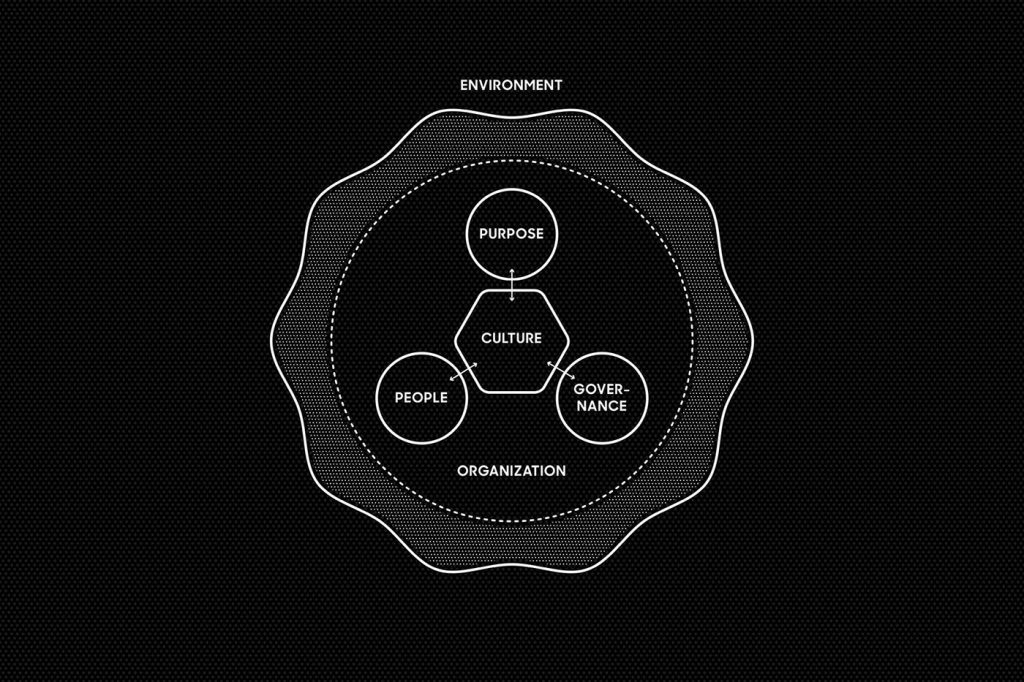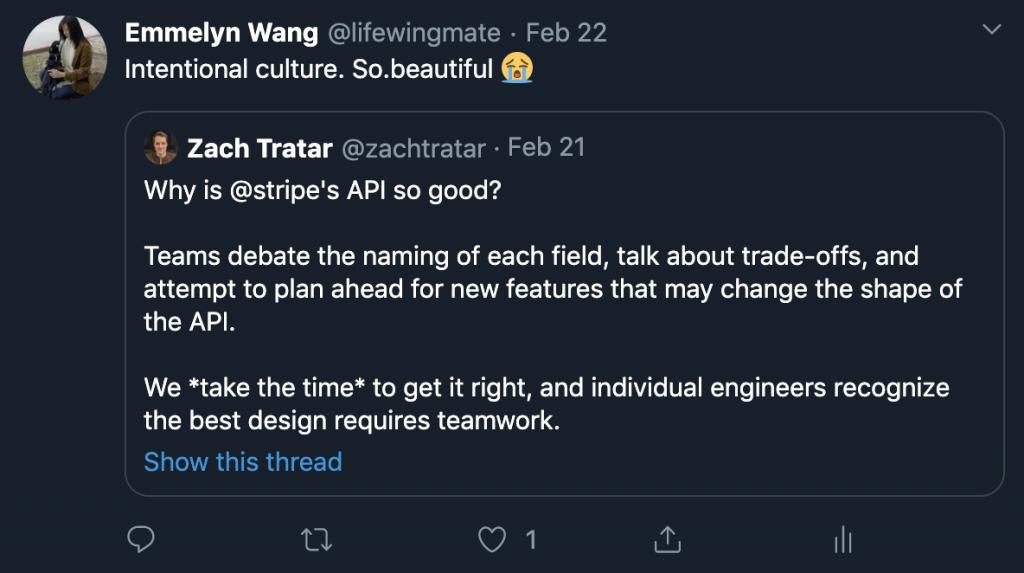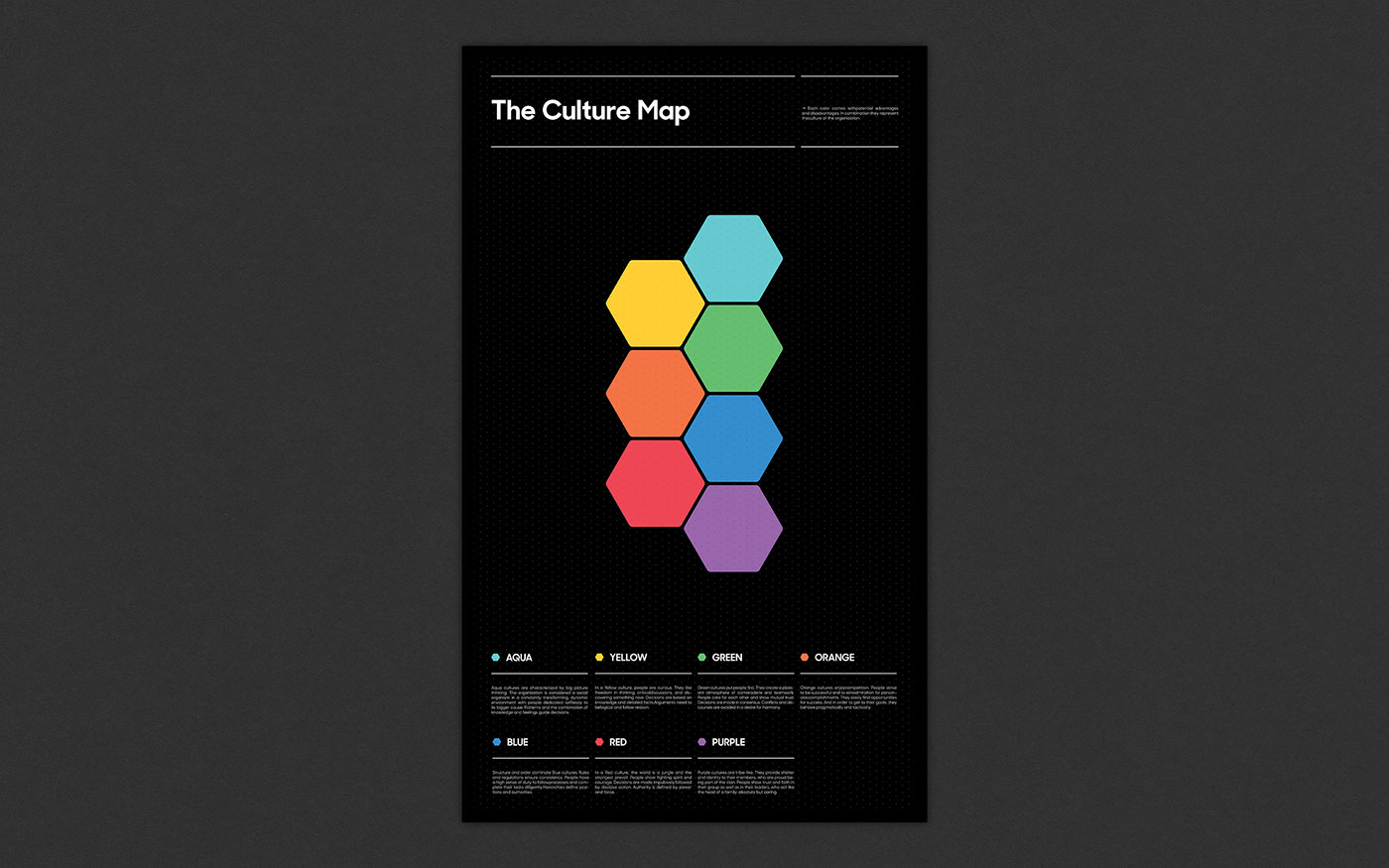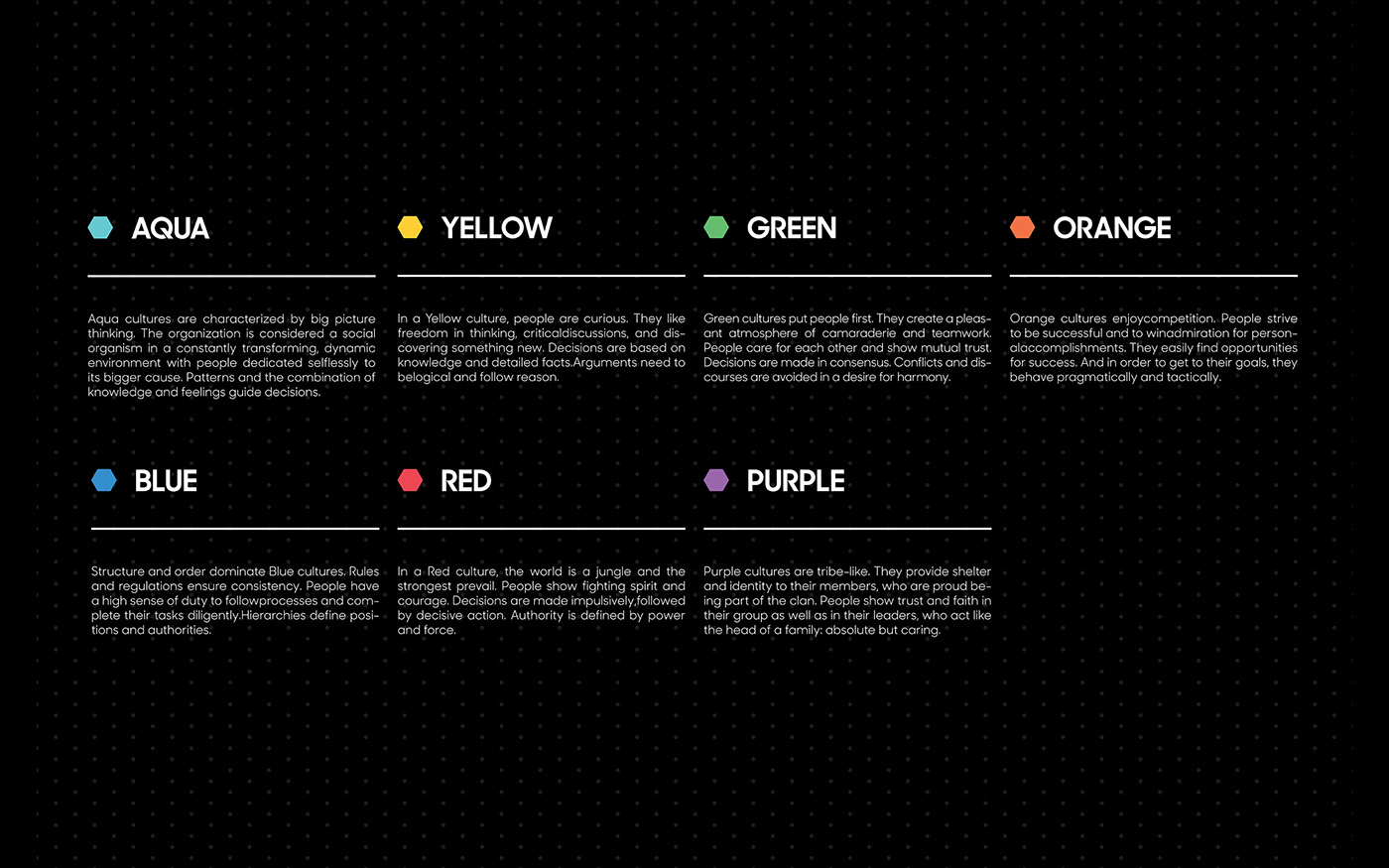I worked in a fantastic API Product Culture on an API team that truly served our stakeholders with insight, empathy and a thoughtful approach. This team and experience helped shape me. My goal is to enlighten you to grow your API Product Culture to a healthier one that keeps API Consumers in mind. There are many stories of what hasn’t worked, but I want to focus on what has and what could work for you.
Often, there is the little buy-in for an API Product Culture. What seems like a technical aspect isn’t quite tied up into the business value and outcomes. Giving APIs as much love as products is the key to unlocking the power of platforms and ecosystems. You need more visibility into the VALUE APIs bring.
When you go to a company or an organization where the culture that hasn’t established APIs, much less governs them, how do you influence the start and growth of an API Product Culture? Who do you influence?

What works
- Balance the freedom for teams to self-organize and discover is key. People naturally do more if they want to learn something new and make it work.
- API Product Culture tends to have both grassroots and full organizational buy in to power the business and its ecosystem with a new API program.
Inclusion, Opportunity to Try
What I loved was that whether your department or role and whether or not you could code, the culture was highly inclusive. In the early 2000s, there were few API programs that had ongoing the support of a regular company-wide hackathon where I worked. The hackathons, brown bag lunches and hosting local community meetups were not just about supporting the Engineering group.
Everyone’s ideas mattered, and the approach was a way to showcase talent across the company as well. There are also technically focused hackathons to satiate the desires of R&D.
- You could be highly creative, share your ideas,
- Better understand the impact of APIs paired with your ideas to POWER the business
- Observe it in a greater landscape to learn why the API Product approach matters
I worked for Jason Harmon, a recognized API and platform expert. Even he stays curious about what successful cultures look like since they drive the building of technology.



Beginning with the end in mind is critical for program management. However, with APIs, you’re beginning with someone else’s success in mind, what deeply affects their daily working life, well-being and frustration level. The empathy to understand who is using your API product, then, is the key to delighting them. Cultivating a culture that fosters this empathy starts from a prospect or employee’s very first touch through to the support they receive when they use the API.
The KEY to a healthy api product and platform driven culture is
the realization that
those who design and build the api are typically not the ones consuming it.
How do we get there?
| Roadblock | Solution |
| Some organizations argue that they can’t be API design First because they don’t have the talent, time or bandwidth. | Mix in both healthy doses of change management and the power of habits. Use systems and cycles that promote quality and have ample room for a creative approach. I am using the APIOps Cycles methodology because it aligns business and technical-minded leaders and practitioners. It also directly follows proven agile, lean and product management methodologies. For example, if your organization is driven by SAFe. You can operate your APIOps approach to build out your API Product Culture. |
| But we’ve always done it this way. People get stuck and comfortable, very resistant to anything that looks risky. | Change management. You don’t have to go alone, the art and science of organizations mean trying new things or just getting folks to look at things differently as a first step. For example, Osaango, an API-based consultancy has a full-time psychologist on staff trained in organizational change management. Clear roadmap. High touch at first “Do things that don’t scale.” Paul Graham to build up confidence within each team, business unit, and group. Spending more time on the API design side and then automating part of that governance is key to making people feel comfortable and getting API products to work in existing software and product development culture. Psychological safety. Provide a safe space for people to try things to see what works. Physical and digital sandboxes or local ways to try something or collaborate in a smaller way can draw out questions people may be afraid to ask. Also, apply radical candor for established relationships. Leadership, Architecture (Centers of Enablement and Innovation) scrum leaders and product owners can provide additional ways to collaborate in a safe way where people feel happy to contribute and make mistakes (the best way to learn!). |
| Not enough support for the kind of collaboration that needs to be done whether analog or digitally | Physical assurance. In fact, the support employees receive (speed, quality) reflects how customers will feel when they hit a roadblock. More importantly, when people feel heard, valued and like they positively made a difference, they’re likely to perform better. If a company is a fully distributed, remote team, they need to feel supported. |
There’s different for everyone
Just because a certain model or approach worked for one API Product House, doesn’t mean that it will work in yours.
Whether tribes and squads, pods and guilds, or another way Disney, Netflix, Stripe, or Spotify says they run culture, you may find a new way of working that becomes your secret sauce.

Will it fit in my house?
API Product Culture fits in nicely with scrum teams, product owners and most of all self-organizing teams who regularly prioritized the needs of various stakeholders, such as:
Business
- Product
- Business Development
- Folks Involved in Enterprise Global Partnership and Integration
- Marketing
Technical
- Main application = internal developers
- Native mobile app developers = internal teams and third party
- Vetted third parties such as business leaders building applications using our API
Signs that it is working
Culture and cultural values align. People can and do contribute authentically. Marcus by Goldman Sachs and Apple both boast transparency, quality, consistency and without saying it, are responding to issues in banking and personal finance that other institutions have struggled with.
Values-based APIs. New Channels of business in new markets. Getting closer to Westrum’s high performance culture.
Goldman Sachs is about 151 years old. To complement a solid banking history, Goldman Sachs wanted to be known as a new consumer financial services provider. They launched Marcus by Goldman Sachs and partnered as an issuing bank and global payment networks for Apple Card. It took years of conversations and shifts in culture to create an API Product culture. When you think about how to influence a well-established, long-running institution like this one to complement its commercial banking model with a consumer one, be encouraged.
One of the ways you’ll know your API Product Culture is working is because you’ll experience all the advantages: more productive, happier, engaged employees who stay because of the API Product Culture and how they can contribute. Otherwise, you can experience a culture where people feel stuck as described in Ruby Raley’s article.
Responding in key conversations
Taking an outside-in approach is the key to everyone’s happiness. If you need an entire workflow cycle with templates and frameworks to guide you, the Creative Commons licensed APIOps Cycles and community of leaders is here to support you.
There is, at the time of writing, a global network of over 1,500 professionals who use the method to drive healthier, more effective API Product Culture. I run the Dallas API Meet Up, a vendor-neutral community, dedicated to fostering thriving API Product Culture. Let me know what you think.
The Culture Map


Read 12 Disruptive trends for APIs.


